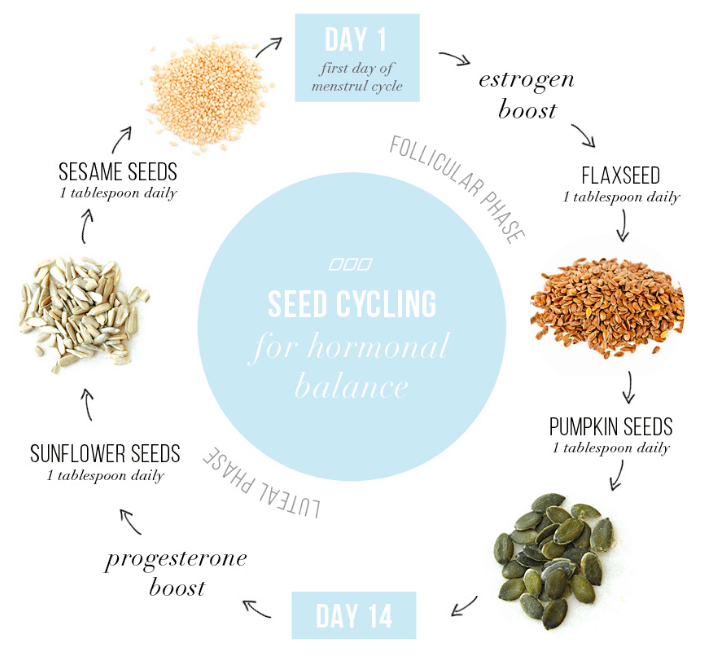
21 May Naturopathic Support for Premenstrual Syndrome
The term Premenstrual Syndrome, or PMS, refers to a collection of symptoms experienced by women of childbearing age in response to their menstrual cycle. According to the US National Center for Health and Human Services, approximately 85% of women experience at least one PMS symptom as part of their monthly cycle. Severity of PMS symptoms varies among individuals from mild to extremely disruptive. Although the cause of PMD is unknown, it is believed to be linked to hormonal changes that occur before menstruation begins.
Do you have PMS?
The best way to determine if you are experiencing PMS is to track daily symptoms for two to three months. By keeping a log, you will be better able to determine if the symptoms you are experiencing are related to your menstrual cycle.
What to look for:
- Irritability
- Sleep distrubances
- Bloating
- Food Cravings
- Cramping
- Fatigue
- Mood swings
- Emotional outbursts
- Breast tenderness
- Muscle aches
- Headaches or migraines
If you notice you are experiencing a sharp increase in uncomfortable symptoms in the last ten days of your cycle, you may have PMS. If you experience intense mood symptoms that interfere with everyday activities and relationships, you may have premenstrual dysphoric disorder (PMDD). If you do not observe a cyclical pattern to your symptoms, you may be experiencing another condition and should seek the assistance of myself or your healthcare provider.
Tips to reduce PMS symptoms:
- Consume less salt. Sodium may increase bloating secondary to excess water retention. Processed foods such as potato chips and take-out meals tend to be very high in salt.
- Avoid caffeine and sugar. These foods can cause a moderate increase in energy levels only to be followed by increased irritability. Research has shown that women who consume high levels of these two substances may have higher circulating estrogen levels which could worsen symptoms. Sugar increases inflammatory activity and depresses the immune system.
- Avoid saturated fat and trans fats. These can increase inflammatory activity that may worsen menstual cramps.
- Exercise. Physical activity has been shown in randomized clinical trials to significantly reduce all PMS symptoms, including cramps and bloat.
- Get plenty of rest. Sleep is an important part of immunity and better equips the body to withstand pain. Getting seven to nine hours helps improve mood and decrease irritability as well as cravings.
Hormone balancing nutrients:
Omega-3 fatty acids. Ground flax, walnuts, and fish oils are an excellent source of anti-inflammatory omega-3 fatty acids aiding with cramp relief. These fats block the production of pain-causing chemicals known as prostaglandins, which have been linked to PMS.
Ginger supplemented as tea or capsules. Peer reviewed journals have reported on ginger’s effective pain-relieving effects. It has been compared to ibuprofen and mefenamic acid (an NSAID)!
B vitamins and magnesium. Particularly pyridoxal-5-phosphate (the active form of B6) has been shown to assist with the detoxification pathways of the liver and help reduce bloat. B vitamins are also important for increasing the synthesis of neurotransmitters (brain chemicals) that aid with mood and calm.
Herbal medicine. The US Pharmacopeia and German E Monograph have adopted a number of botanicals that have been published in peer-reviewed journals such as JAMA, NEJM, and the Lancet. The most notable of these include herbs that help tone the uterine muscle, help establish a healthy estrogen to progesterone ratio, and improve mood and cramping. They include: vitex agnus, dong quai, bupleurum, and cramp bark. I formulated PMS Blend to include therapeutic levels of these herbs and formulated the Liver Detox Blend as a synergistic formula that includes DIM and calcium d-gluterate to assist with favorable estrogen metabolism.
To learn more about the PMS Blend and other supportive formulas to help with hormone balance, please see PMS Blend and Liver Detox Plus: Formulas For Excess Estrogen Metabolism
Seed cycling in your PMS Smoothie:
Seed cycling is a method of rotating particular seeds to help with hormone balance and was taught to me nearly 20 years ago by the anointed French physician, Dr. Gerard Guinot MD. Hundreds of naturopathic physicians teach their patients about seed cycling as it’s a powerful but gentle means of supporting healthy hormone balance both during PMS, perimenopause and beyond! Here’s how it works:
The first phase of your cycle is called the Follicular Phase (day 1-14) During these fourteen days, aim for a daily serving of:
1 tbsp. freshly ground flax seeds: full of lignans that help absorb any excess estrogen.
1 tbsp. freshly ground pumpkin seeds: high in zinc which supports progesterone production.
The second phase of your cycle is called the Luteal Phase (day 15-28) During these fourteen days, aim for a daily serving of:
1 tbsp. freshly ground sunflower seeds: high in selenium for hormone metabolism and liver detoxification.
1 tbsp. freshly ground sesame seeds: full of lignans that help absorb excess estrogen (you can also get this from tahini)
You can easily add these to smoothies, porridge, add them to raw bars, granola, yogurt or sprinkle in dips – the options are endless! Another versatile options is to make seed mylks from the seeds: 4 tbsp ground seed to 4 cups of filtered water and pink salt to taste.
Because seed cycling is a natural process, it’s not a quick fix and doesn’t work like medication. It can take up to 3 months to start noticing any changes, so if you do try adding seeds to your menstrual cycle, be patient and consistent.


